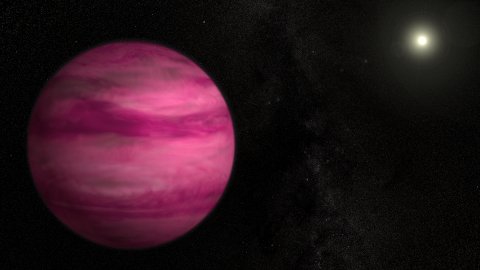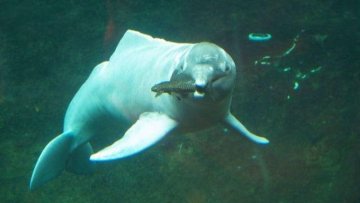A Unified Approach to Bayesian Optimization and Level-Set Estimation
Abstract
Bayesian optimization (BO) is a powerful tool for sequentially optimizing black-box functions that are expensive to evaluate, and has extensive applications including automatic hyperparameter tuning, environmental monitoring, and robotics. The problem of level-set estimation (LSE) with Gaussian processes is closely related; instead of performing optimization, one seeks to classify the whole domain according to whether the function lies above or below a given threshold, which is also of direct interest in applications.
In this talk, we present a new algorithm, truncated variance reduction (TruVaR) that addresses Bayesian optimization and level-set estimation in a unified fashion. The algorithm greedily shrinks a sum of truncated variances within a set of potential maximizers (BO) or unclassified points (LSE), which is updated based on confidence bounds. TruVaR is effective in several important settings that are typically non-trivial to incorporate into myopic algorithms, including pointwise costs, non-uniform noise, and multi-task settings. We provide a general theoretical guarantee for TruVaR covering these phenomena, and use it to obtain regret bounds for several specific settings. We demonstrate the effectiveness of the algorithm on both synthetic and real-world data sets.




